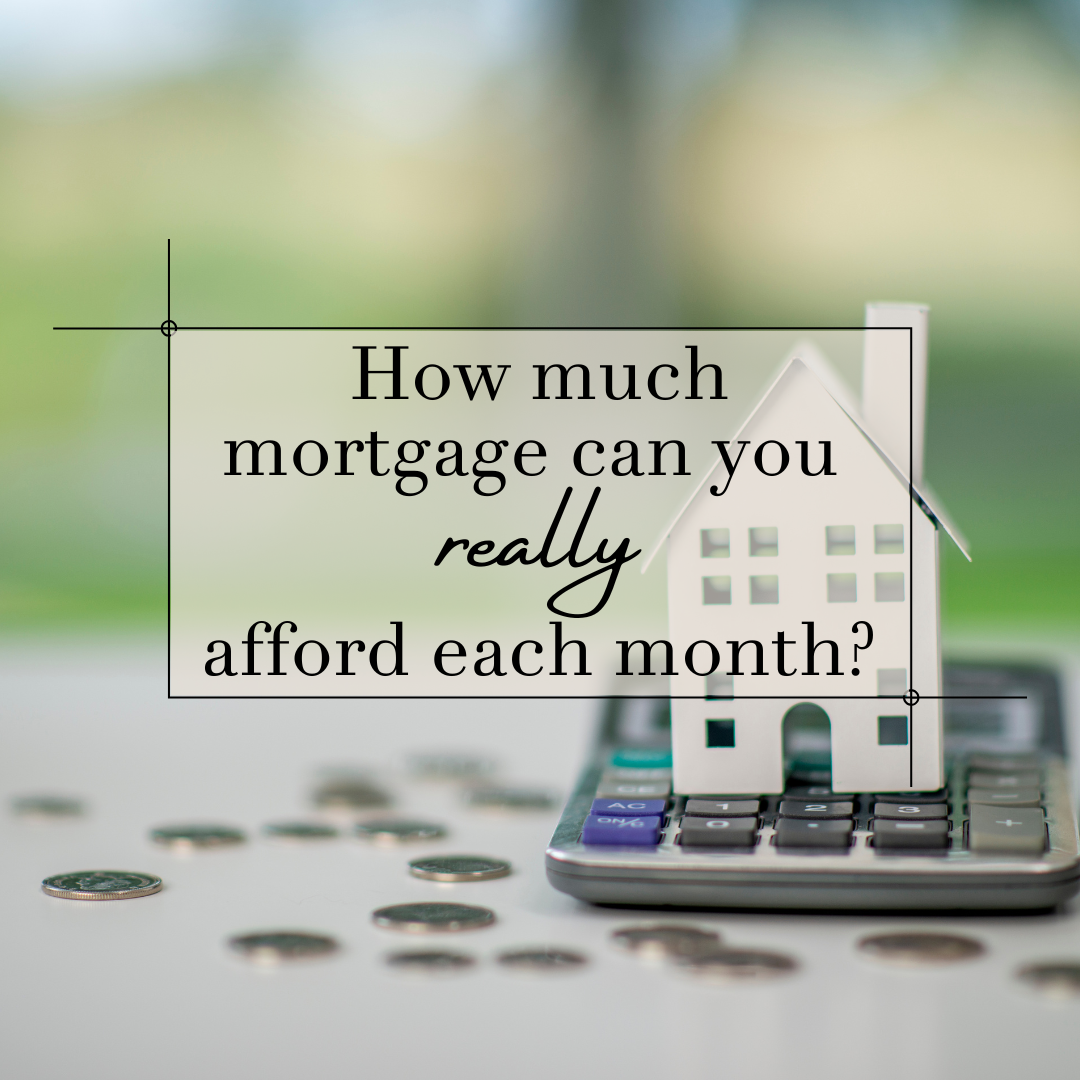
How to Get the Best Mortgage Series – Week 2
Follow this series to learn how to get the best mortgage for your specific financial situation and goals. You’ll see what steps you need to take throughout this process to make it productive and successful!
It’s all about what you can afford each month before you determine a price range!
As discussed last week, you need this amount so your lender can work backward to determine a correlating sales price.
That’s why your first step is to look at your monthly budget, which will help determine what your monthly mortgage payment should be. Then they can pre-approve you for an amount you’re comfortable with (and not necessarily a higher amount they say you can afford).
· Remember, it’s not helpful to know WHAT you qualify for (FYI lenders can qualify you for more than you want!).
· It’s helpful to know what YOU WANT to qualify for and what those numbers look like—both your potential monthly payments along with down-payment requirements.
If you do it this way, you won’t start looking at homes that are not in the price range that makes sense for your budget.
Budgeting 101
Knowing where your money goes each month and how much you spend is really a basic financial must-do whether you own a home or are still renting. If you’ve never really sat down to do create a monthly budget, now is the time to put these numbers down.
Ask yourself these two important questions:
Where does your money go now each month? How much is going to rent, food, travel, car, gym, etc.? What expenses could you tighten-up on to get the home you want?
What expenses are “mandatory” for your life and general happiness? For example, if you love to travel, then don’t buy a home that makes it impossible to go on a trip for years! That would not be worth it. But, if you rarely drive your car and are willing to take mass transit, then that’s where you could cut some of your monthly expenses to buy a home in the location you want.
Making a budget is an important step, so be honest about what you spend your money on each month now, what you’re willing to forego, and what you expect to do in the future.
Remember what you can afford today can change next year and after that. Yes, your salary will increase but you’ll have new costs, such as kids or a new car, which could mean daycare and higher car payments each month. Factor in all of this when doing your calculations.
Break It Down
Here’s what to include in your housing expenses. You’ll need to estimate some of these numbers and we can help you with that.
•List all the costs of homeownership — property taxes, mortgage insurance, home insurance, maintenance, utilities, and condo fees, parking fees, if applicable. We can help with estimates!
•List all other expenses you expect to continue — such as gym memberships, daycare payments, car loans, school loans, gas or commuting fees, etc.
•Estimate yearly maintenance costs for a home. Plan to spend or save about 1% of your home’s purchase price each year. So, if you buy a $300,000 condo, you should be putting about $3,000 per year into the home for maintenance or into a savings account for when you need to replace something in the future!
Mortgage Math “Rules of Thumb” to Consider
Here’s some additional guidance or “rules of thumb” that many experts suggest to buyers when determining how much they can afford comfortably. Remember, your specific situation could be very different, but these guides can be a starting point.
These guides are a great way to help determine if you will be able to afford your current monthly debt obligations AND any new mortgage and homeownership costs AND still have some cash left over each month. You never want to be wiped clean each month!
• Your housing costs shouldn’t be more than 32% of your gross income. Housing costs include mortgage principal and interest, taxes, heating expenses and half of your condo fees.
• Your total debt (for housing, cars and credit cards) shouldn’t be more than 40% of your gross income.
• Factoring in the 32/40 debt rule that lenders use can help you calculate how much new debt you can take on. For example, your entire monthly mortgage payments — home loan principal, interest, taxes, and insurance — shouldn’t total more than 32% of your gross annual income. And, your total debt shouldn’t exceed 40% of your income. This total debt includes your new monthly payments plus all your other bills, like car loans, utilities, and credit cards. In areas that have a high cost of living, these numbers tend to trend up towards 35-40% of your monthly income going to housing. But that’s really pushing it, so don’t go any higher no matter what!
Let’s use the 32/40 rule to show you how the math works. If your gross annual income is $80,000, multiply it by 30% and then divide by 12 months to arrive at a monthly mortgage payment of $2,133 or less. Next, check the total of all your monthly bills including your potential mortgage and make sure they don’t top 40% of your income, or $2666 for this example.
I’m Here to Help
If you have any questions about calculating a monthly budget, please contact me. It’s an important step before you start looking at homes. Once you know your monthly budget, you’ll be able to work with the lender to determine your price range, which will then help you finalize your mortgage product and down payment options.
Stay tuned! Next week, the third installment of the How to Get the Best Mortgage series will cover the topic, How Much You Need for a Down Payment. This one is a biggie! But, you need to go through this monthly budget step first, so get this homework done before next week.
